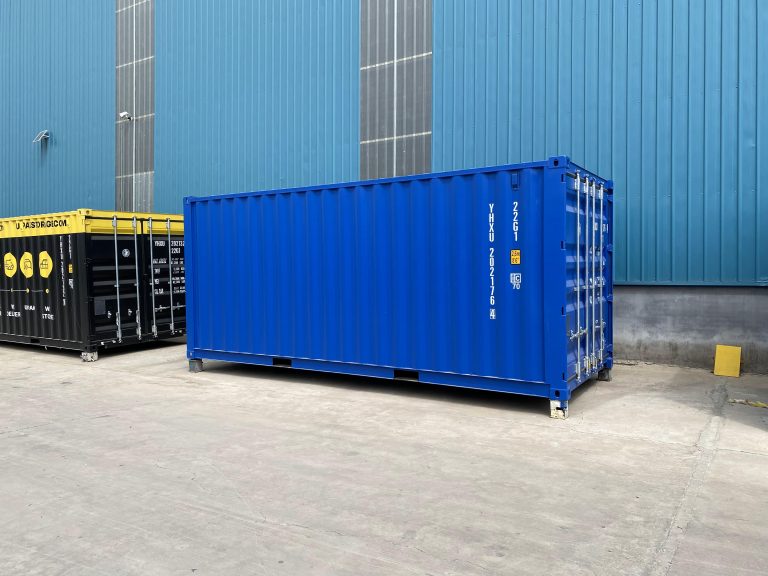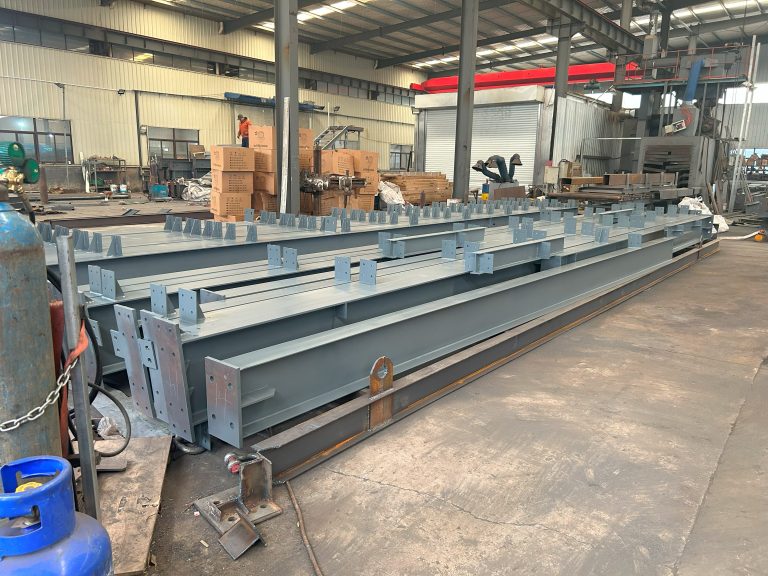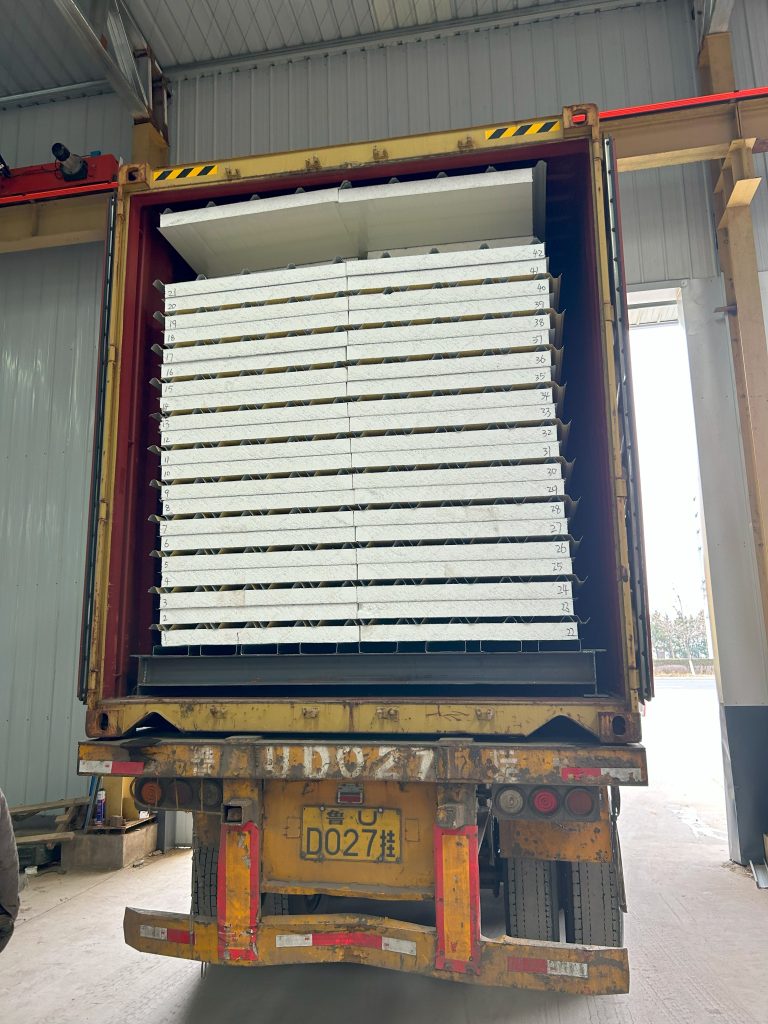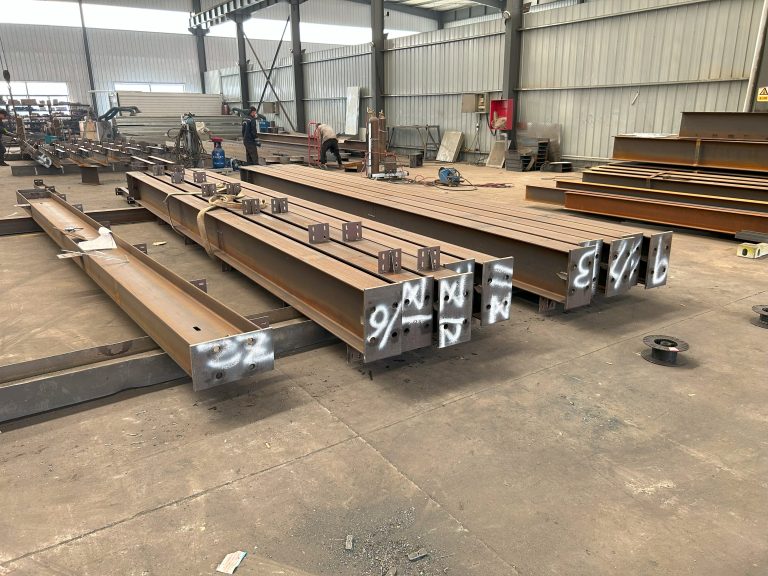Layout and layout optimization strategy of steel frame solar panel system in urban environment
Benefits of Steel Frame Solar Panel Systems in Urban Environments
Solar energy is becoming an increasingly popular choice for renewable energy sources in urban environments. With the rise of climate change awareness and the need for sustainable energy solutions, many cities are turning to solar power to reduce their carbon footprint. One of the key components of a solar panel system is the frame that supports the panels. Steel frame solar panel systems have become a popular choice due to their durability, strength, and cost-effectiveness.
Steel frames offer several benefits when it comes to solar panel systems in urban environments. One of the main advantages is their durability. Steel is a strong and sturdy material that can withstand harsh weather conditions, such as strong winds, rain, and snow. This makes steel frame solar panel systems ideal for urban environments where buildings are closely packed together and space is limited. The durability of steel frames ensures that the solar panels are securely mounted and protected from damage, increasing their lifespan and efficiency.
In addition to their durability, steel frame solar panel systems are also cost-effective. Steel is a relatively inexpensive material compared to other framing options, such as aluminum or wood. This makes steel frame systems a cost-effective choice for urban environments where budgets may be tight. The affordability of steel frames allows cities to install more solar panels and generate more renewable energy, helping to reduce their reliance on fossil fuels and lower their carbon emissions.
Another benefit of steel frame solar panel systems is their versatility. Steel frames can be customized to fit a variety of solar panel sizes and configurations, making them suitable for a wide range of urban environments. Whether it’s a rooftop installation on a high-rise building or a ground-mounted system in a city park, steel frames can be tailored to meet the specific needs of the project. This flexibility allows cities to maximize their solar energy potential and take advantage of available space to generate clean, renewable energy.
To optimize the layout of a steel frame solar panel system in an urban environment, several factors need to be considered. One of the key considerations is the orientation of the panels. Solar panels should be positioned to receive maximum sunlight exposure throughout the day, which typically means facing south in the northern hemisphere and north in the southern hemisphere. By optimizing the orientation of the panels, cities can maximize their energy production and increase the efficiency of their solar panel system.

Another important factor to consider when optimizing the layout of a steel frame solar panel system is shading. Buildings, trees, and other structures can cast shadows on solar panels, reducing their efficiency and energy production. To minimize shading, panels should be placed in areas with minimal obstructions and at an angle that allows for maximum sunlight exposure. By carefully planning the layout of the solar panels and considering potential shading issues, cities can ensure that their steel frame system operates at peak performance.
In conclusion, steel frame solar panel systems offer several benefits for urban environments, including durability, cost-effectiveness, and versatility. By optimizing the layout of a steel frame system, cities can maximize their solar energy potential and reduce their carbon footprint. With the rise of renewable energy solutions, steel frame solar panel systems are a sustainable choice for cities looking to transition to clean, renewable energy sources.






